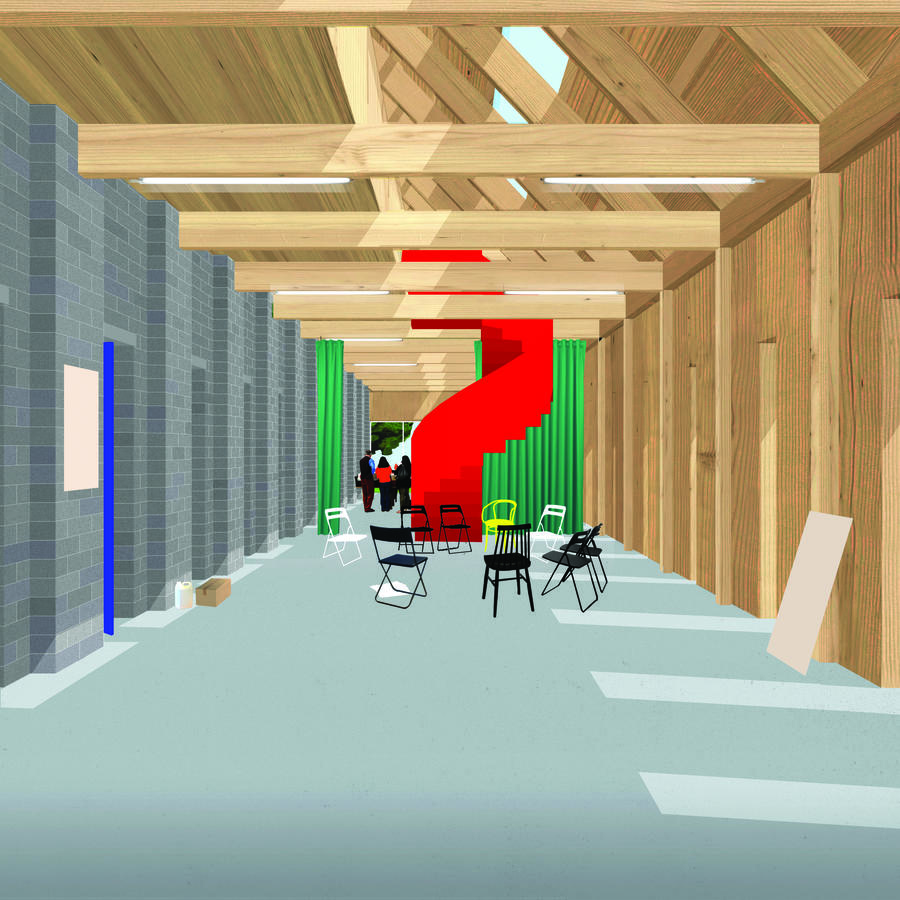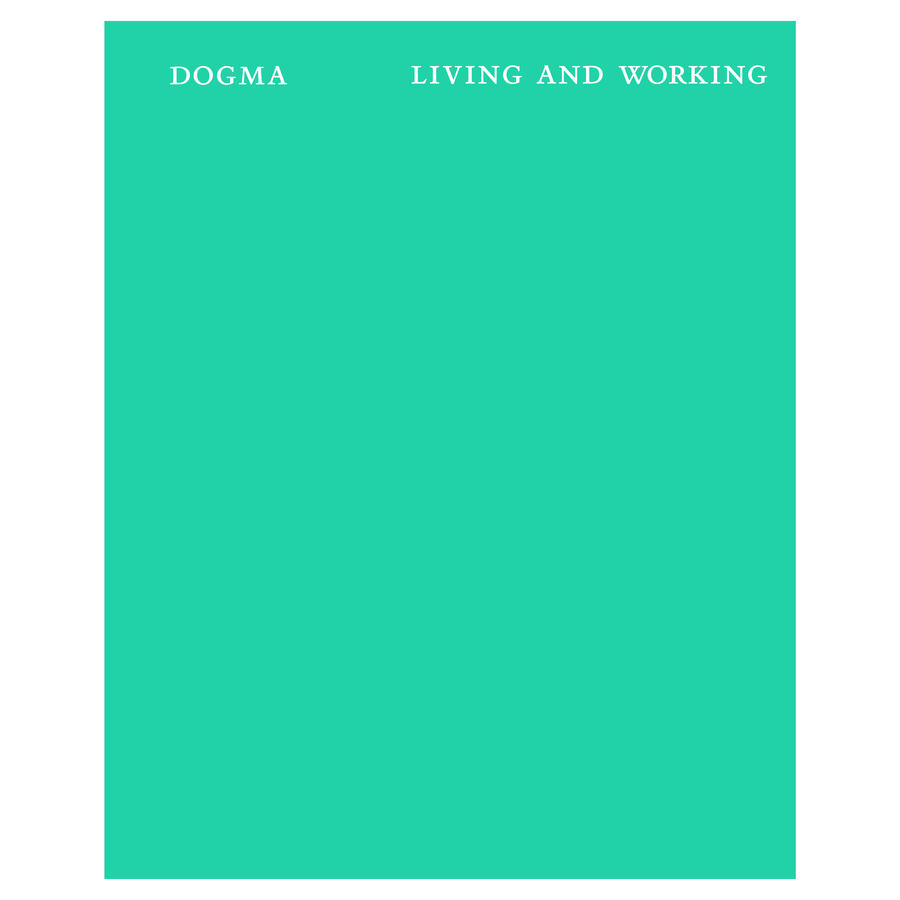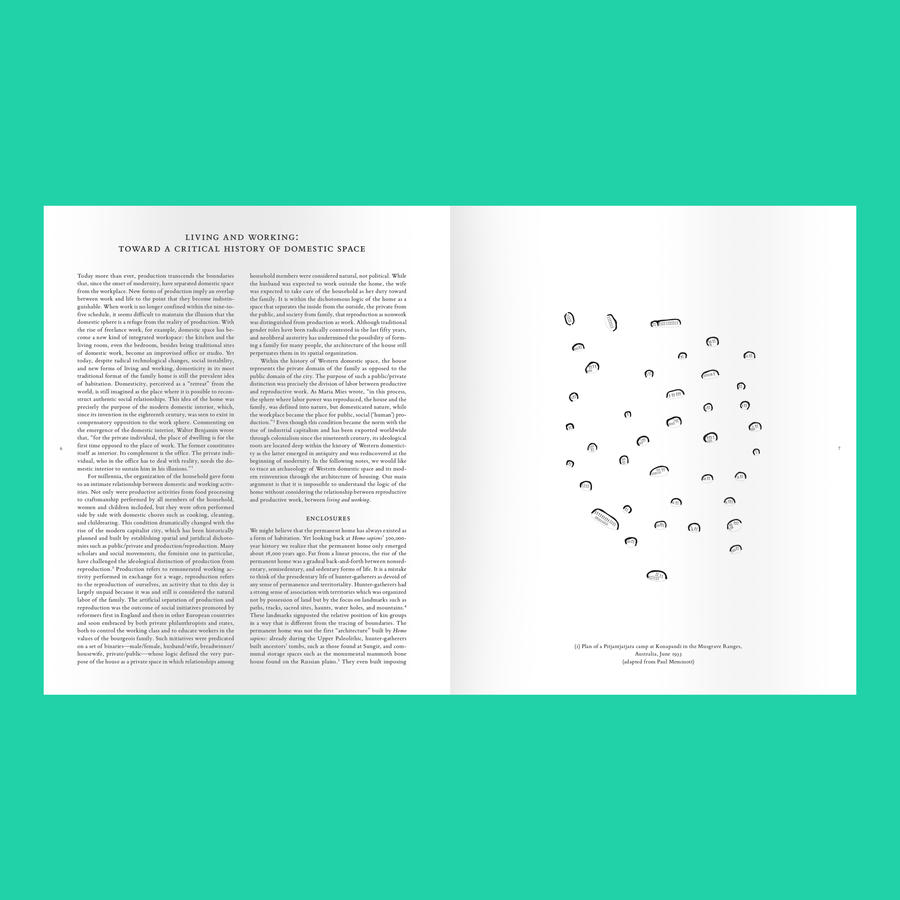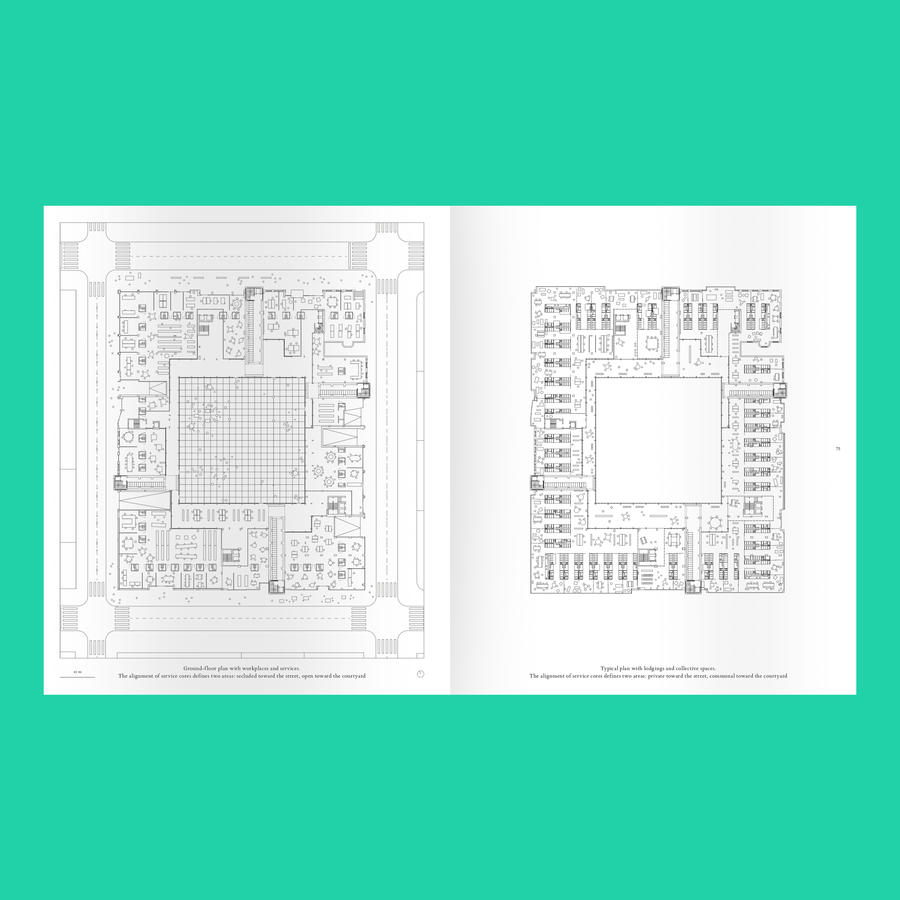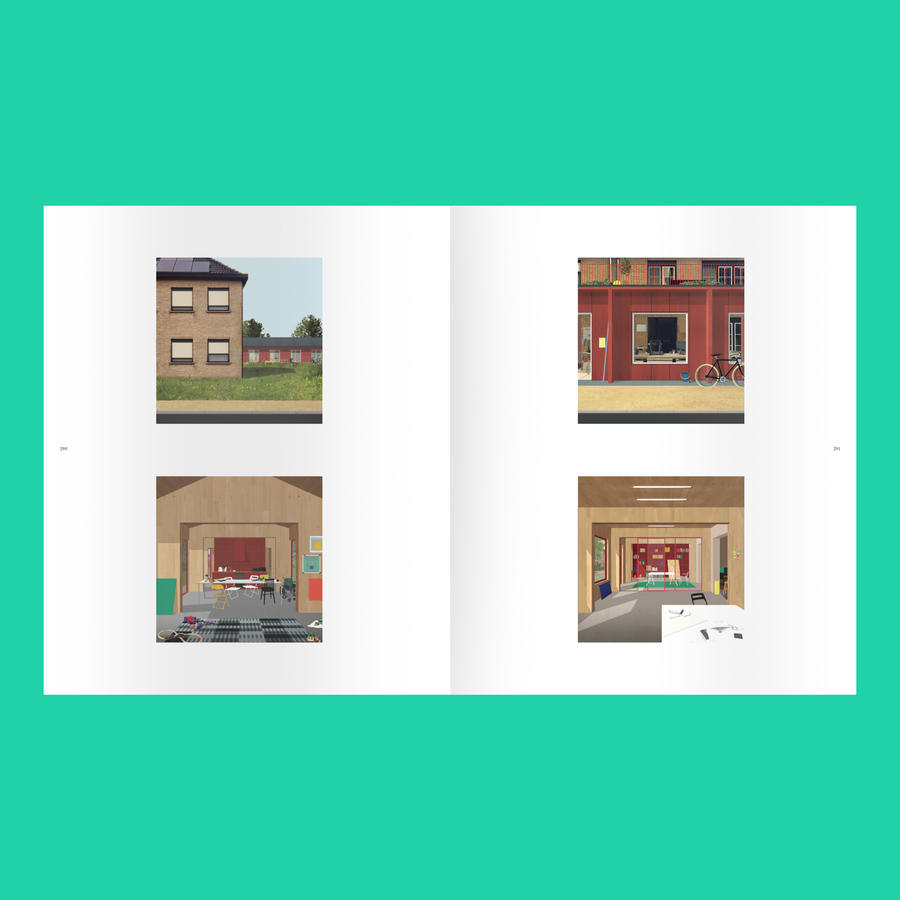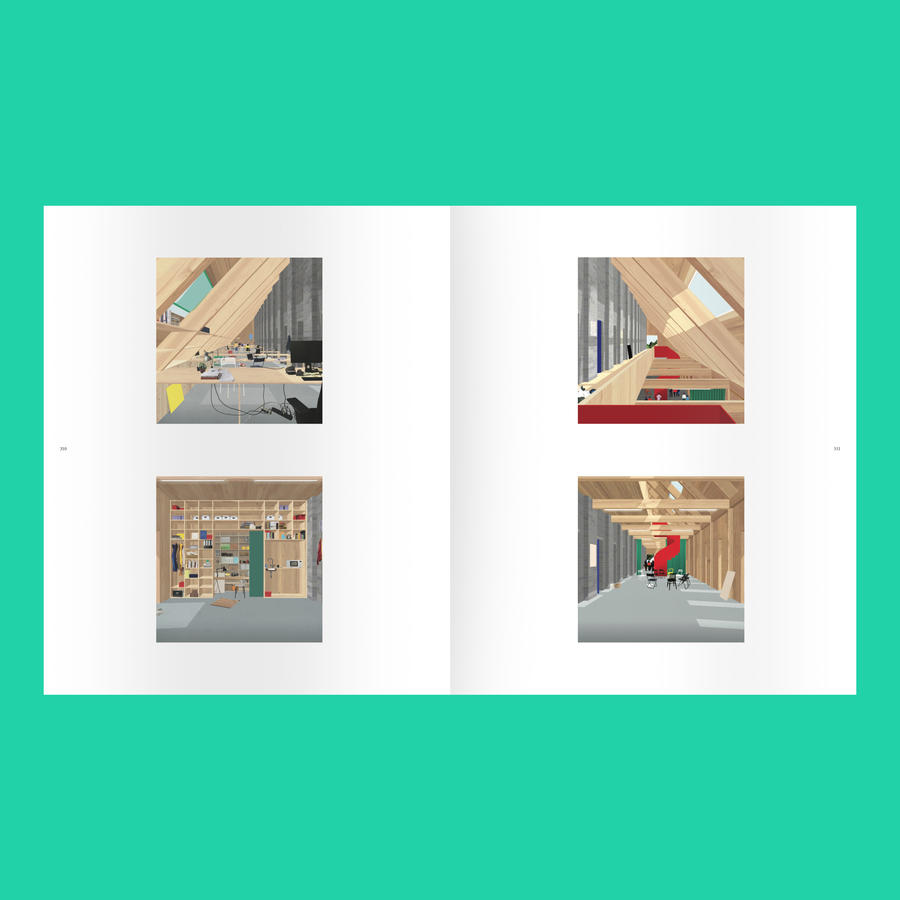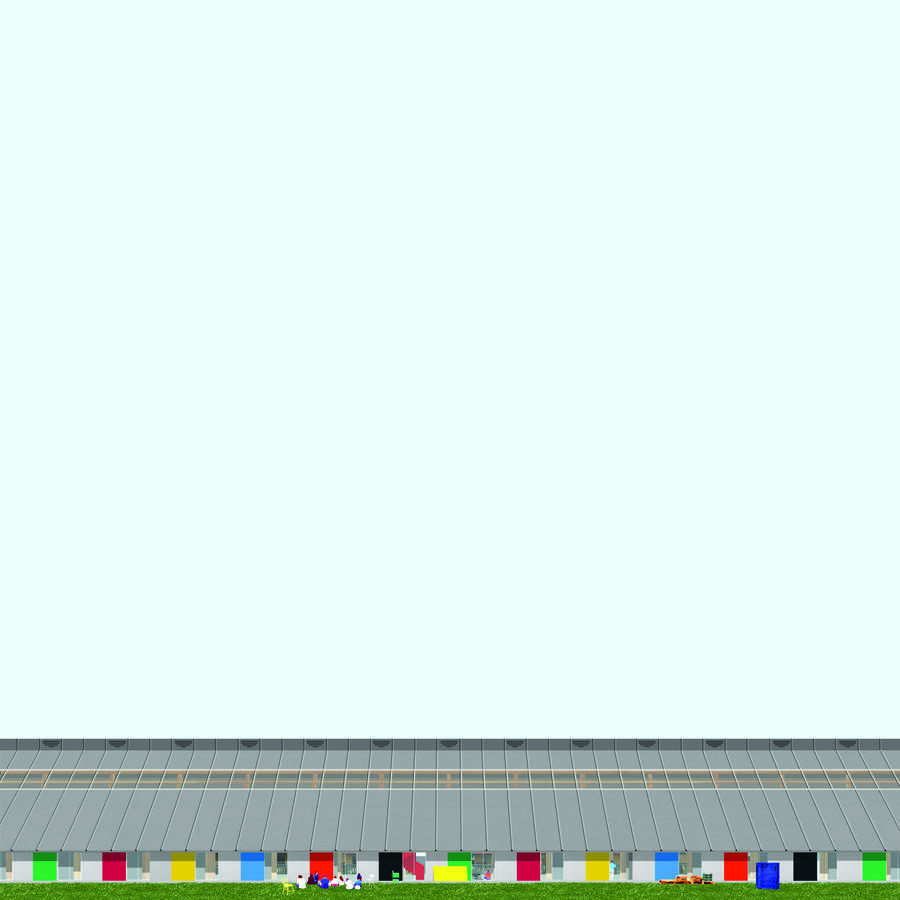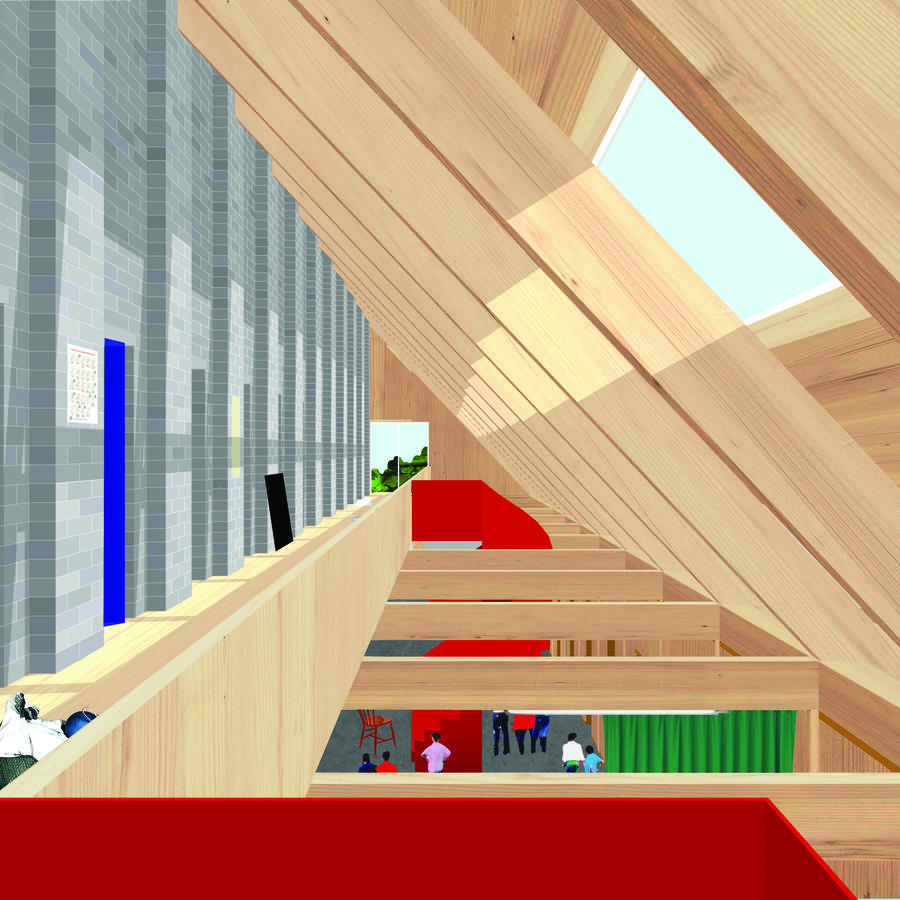Ter gelegenheid van deze eerste boekpresentatie van het seizoen is CIVA verheugd Pier Vittorio Aureli en Martino Tattara (Dogma) te mogen verwelkomen voor een gesprek over hun nieuwe publicatie, Living and Working. Dit boek, dat de bekroning vormt van een ambitieus theoretisch en grafisch project dat begon met Like a Rolling Stone, The Room of One's Own en Loveless (alle drie uitgegeven door Black Square), onderzoekt in detail de historische, huidige en speculatieve vormen die worden aangenomen in de huiselijke omgeving, tussen leven en werk, productie en reproductie, privé en publiek.
Datum
maandag, 5 september, 2022
Openingsuren
19:00
Taal/Talen
English
Reserveren is verplicht (klik hier)
Summary
An argument against the ideology of domesticity that separates work from home; lavishly illustrated, with architectural proposals for alternate approaches to working and living.
Despite the increasing numbers of people who now work from home, in the popular imagination the home is still understood as the sanctuary of privacy and intimacy. Living is conceptually and definitively separated from work. This book argues against such a separation, countering the prevailing ideology of domesticity with a series of architectural projects that illustrate alternative approaches. Less a monograph than a treatise, richly illustrated, the book combines historical research and design proposals to reenvision home as a cooperative structure in which it is possible to live and work and in which labor is socialized beyond the family—freeing inhabitants from the sense of property and the burden of domestic labor.
The projects aim to move the house beyond the dichotomous logic of male/female, husband/wife, breadwinner/housewife, and private/public. They include the reinvention of single-room occupancy as a new model for affordable housing; the reimagining of the simple tower-and-plinth prototype as host to a multiplicity of work activities and enlivening street life; and a plan for a modular, adaptable structure meant to house a temporary dweller. All of these design projects conceive of the house not as a commodity, the form of which is determined by its exchange value, but as an infrastructure defined by its use value.
